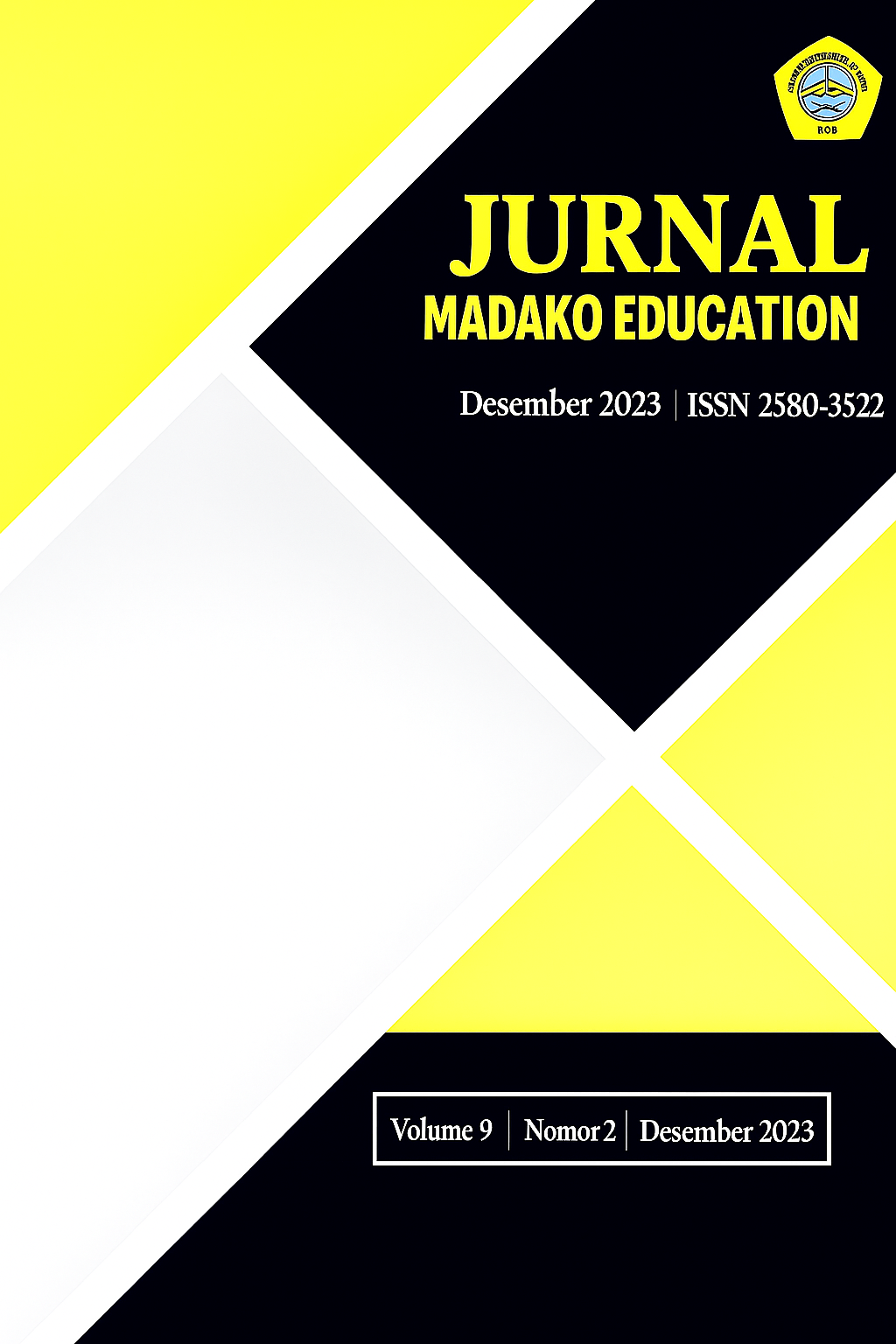Teaching present progressive tense to the second year students' of junior high school through substitution drill at SMP 6 tolitoli
DOI:
https://doi.org/10.56630/jme.v9i2.568Kata Kunci:
Present Progressive Tense, Second Year Students', Junior High School, Substitution DrillAbstrak
This research was carried out to improve the students’ present progressive tense through the Substitution Drill in the second year of SMPN 6 Tolitoli. The design of this research is classroom action research (CAR). This research uses a total sampling. The sample was 27 grade VIII students of SMPN 6 Tolitoli. The research was conducted in two cycles. Each cycle consisted of three meetings. The data in this research were collected through tests and field notes. The research results show an improvement in students’ present progressive tense through substitution drills. Gradually, students got good scores at the end of each cycle. Skor Kriteria Ketuntasan Minimal (KKM) for English subjects is 75. The mean score of students in the pre-test was 29.61. The result of cycle 1 is that seven students, 26.92%, have achieved KKM; for students who have not reached KKM, consisting of 19 students, 73.08% of the learning outcomes have not improved. The mean score of post-test one cycle 1 was 64,42. The result of cycle 2 is that 25 students, 92,59%, have achieved KKM. The mean score of post-test two, cycle 2, was 81.48. The data above shows that present progressive tense learning substitution drills are effective. The conclusion is that substitution drills can improve students’ present progressive tense. Finally, it can be said that the Classroom Action Research (CAR) is a success.
Referensi
Firmansyah, M. (2022). Students’ errors in using simple present tense in writing descriptive text. Jurnal Madako Education, 8(1), 48–57. https://doi.org/10.22460/project.v3i3.p379-383
Harmer, J. (2007). How to teach English: new edition. In Pearson Education Limited.
Harmer, J. (2008). The practice of english language teaching with DVD. In Pearson Longman.
Rusdin, D. (2022). An analysis of the role of the principal to improve the quality of school management at smp negeri 4 tolitoli. 8(1), 43–47.








